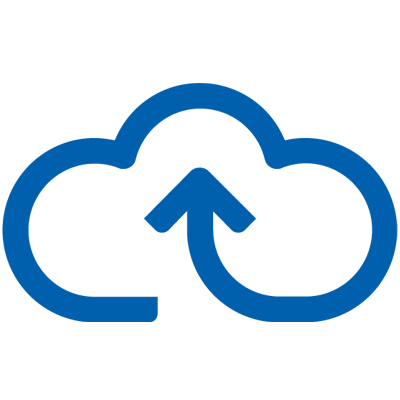Webexpenses Guide: Are you Getting the Most Out of the Cloud?
When we get something new it’s only natural that we get excited about it. It could be a whizzy gadget or a gleaming new car - it seems like the best thing in the world. And the same kind of thing happens in the world of tech.
It’s the reason why you’re likely to have seen so much discussion about ‘the cloud’. It’s a technology which has been around for the past 20 years but it’s only in the past five that it’s started to take hold in the finance world.
So there’s a danger that opinions about cloud computing are still a little ‘wide-eyed’. That it’s seen as being the answer to everything; the secret to unlocking limitless business growth.
At webexpenses, however, we have the benefit of being involved in cloud computing right from the start. When we launched in 2001, it was one of the very first business SaaS (Software as a Service) applications on the market.
It’s a background which lets us take a slightly more considered overview of exactly how cloud services can help companies to become more efficient and effective. This is based on real-world experience of helping hundreds of companies, large and small, to harness the power of cloud computing.
Webexpenses has used this technology to revolutionise the way companies manage their expenses but this is just one aspect of finance where it can be used.
In ‘How to Unlock the Power of the Cloud’ we take a look at the ‘nuts and bolts’ of cloud computing - what is the cloud, what are the benefits and which areas of business life could it help your company.
We identify five key areas as being:
- Expenses management
- Project management
- Customer relationship management
- Desktop productivity
- Storage and hosting
It gives you the information required to quickly identify those areas of your organisation which could benefit from reduced costs, improved efficiency and much more flexible ways of working.
So if you want to take a look beyond the hype and hyperbole at exactly how you could benefit from cloud computing, take a look at here.

